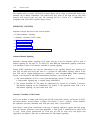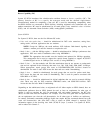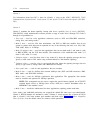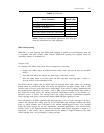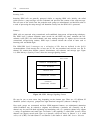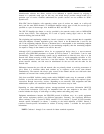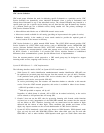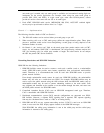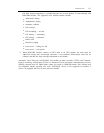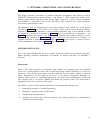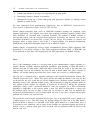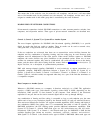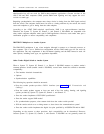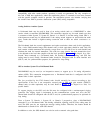
1-30
INTRODUCTION
5.
6.
7.
8.
Interworking between ISDN-PRI and DCS is a complex issue that is beyond the scope of this
document. However, for a combined ISDN-PRI/DCS network, several new ISDN feature and
service options are available. These include:
● Call routing based on BC
●
End-to-end ISDN connectivity routing
●
BC passed on a call-by-call basis
● User-to-user information transport
● Locally provided tones
●
Controlled initialization of trunks to in-service at provisioning time
●
Two-way busy out of trunks
●
Digital demand transmission test
Generally, DCS networks may overlay on an electronic tandem network (ETN) or
main/satellite network. For DCS call routing, ETNs use AAR to complete DCS calls while
main/satellite networks use multidigit steering software to complete DCS calls. Therefore, if
DCS trunks are provided over ISDN-PRI facilities, then the switch must be configured with
AAR. (See item 1 of this list for more information.)
DCS software requires that the calling-party number be part of a 4- or 5-digit uniform dial
plan. The ISDN-PRI public-network dial plan uses a 10-digit format while the ISDN-PRI
private-network dial plan uses a 7-digit format. Proper digit conversion (10- or 7-digit format
to the 5- or 4-digit format required for DCS) is provided through the switch administration
procedures.
When Generic 2 connects to a System 85 R2V4 using ISDN-PRI facilities to provide DCS
service, then the originating extension will not receive display updates as the call progresses (for
example, to call coverage or is forwarded). The DCS leave word calling feature is only
applicable for 4- or 5-digit extension numbers; it will not function with 7- or 10-digit public- or
private-network numbers.



